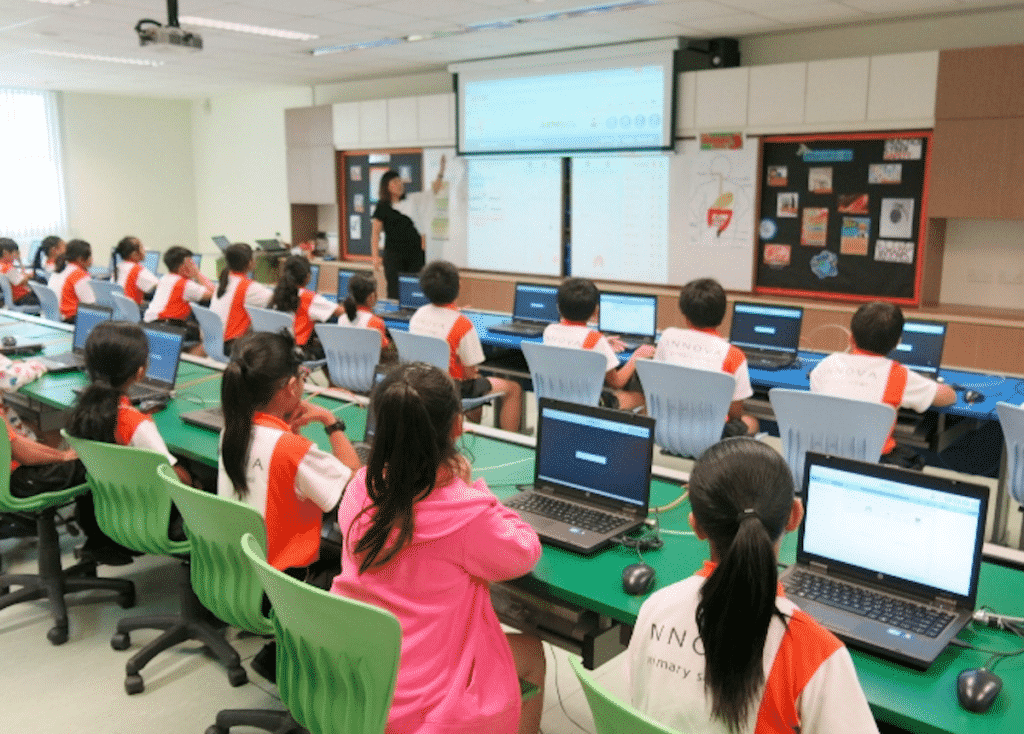Gone are the days when students relied on the chalk and blackboard learning method in the traditional classroom, thanks to technology. Technology transformed the way we do most things, especially in the education sector. Digitized learning has taken the front line in many education systems, with many learners and educators embracing it to improve instruction delivery. Learners can now enjoy easy access to education, information, personalized interactions with educators, immediate feedback, and more morale to learn. Digitized learning has proven to be a useful model of instruction in the education sector that will help fix different classroom issues in several ways.
Quick Delivery of Learning
Digitized learning delivers quick lessons as compared to the traditional classroom. Digital learning reduces the lesson delivery time by 25-60% of the time required in classroom learning. Here is how digitized education promotes quick delivery of learning:
- Students can set and direct their learning pace rather than sticking to the pace of the whole classroom.
- A student doesn’t have to learn every part of the learning material with the teacher. He/she can skip the topics they are conversant with or the irrelevant parts. For instance, if the student knows a particular topic, the professor can give the student a paper writing assignment to gauge his/her ability.
- Lessons begin on time since there is no time wasted for students to settle in class, making it easier to cover lectures within minimal time.
- It saves time since students and teachers need not waste time traveling to learning venues. Digital learning only requires a computer and internet, and anyone can learn at the comfort of their place.
Unlimited Learning Time
Students can take lectures as often as they want until they understand a particular topic with digitized learning. That is unlike traditional learning, whereby learning is limited to a specified number of lessons, sometimes a single lecture for one topic. That indicates that if the student didn’t understand a particular topic, they have to study it independently. With digital learning, students can take a lecture whenever they want as long as there is an agreement with the online tutor, making it easy to learn, especially during revision.
Accommodation of Every Student’s Needs
Digitized learning is a way of accommodating every student’s unique needs. In the regular classroom, every student has their own needs. We have quick learners, slow learners, gifted learners, and learners with special needs. It is hard to meet every learner’s needs in the regular classroom, which is a disadvantage to some. Since digital learning is individualized, it allows tutors to meet every learner’s needs.
Learning Flexibility
Digital learning allows flexibility in accessing education. A learner needs not to be stuck at the regular class with fixed learning hours even when they feel disconnected from the rest of the learners. Again, a learner who has a particular learning problem doesn’t have to feel embarrassed or worry about what the other students will say or think if they seek help in the classroom. Through digitized learning, a student can enjoy individualized learning at any time. The educator can start more digital lessons for a student with a learning problem to help them master the topic at their pace.
Equity in Education
Digital learning gives every type of learner equal access to learning and education as a whole. Every learner can access learning materials and resources in a less expensive way than the traditional classroom learning through only a single device – a laptop, tablet, or smartphone.
Digital materials such as PDFs are cheap or free and shareable between tutors and students or students to students within only a single click. Thus, a learner can access education regardless of their economic status.
In addition to that, digitized education means the regular student, the office goer who needs to advance their career, or a housewife who needs to go back to school all have the same access to education. Plus, everyone has an opportunity to learn at a convenient time, whether weekdays, weekends, or evening classes.
Access to Updated Content
Digitized learning means the use of digital learning materials and resources. Thus, students and instructors have access to updated content whenever they want. For instance, resources and platforms such as Google provide both learners and tutors with up-to-date information at any time.
Diversified Learning
Digitized learning allows the teacher to spread knowledge beyond the regular classroom. That breaks cultural and geographical boundaries allowing for a diversified exchange of information. Learners from different regions can attend the same lessons, contribute different ideas, and create global conversations through diversified views on the same topic. That creates rich learning experiences.
Conclusion
It is no doubt that digitized learning has transformed the education sector, especially in the classroom. Through technology, instructors can deliver individualized learning, creating a valuable and engaging learning process to improve the traditional chalk and board classroom learning.

